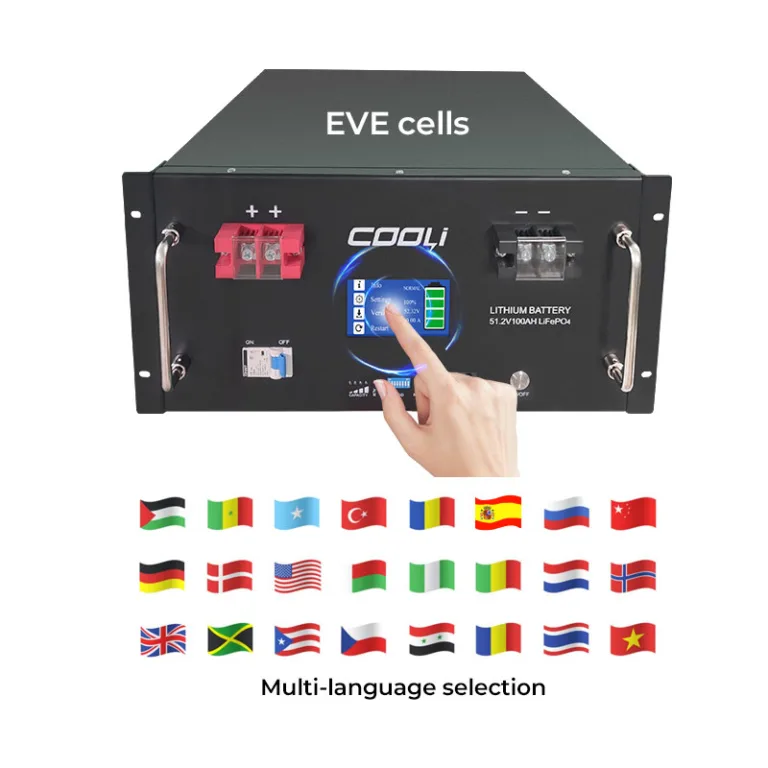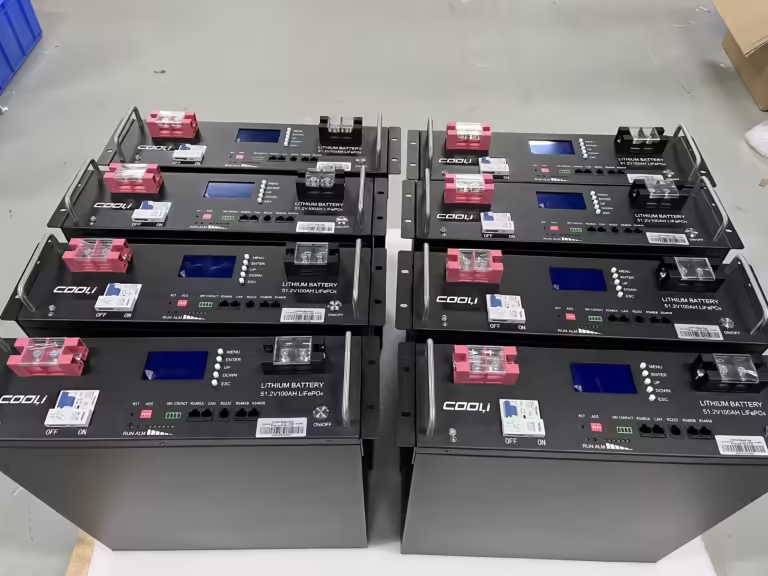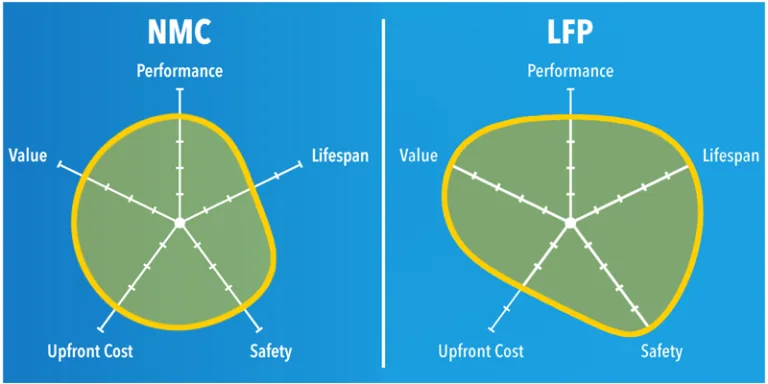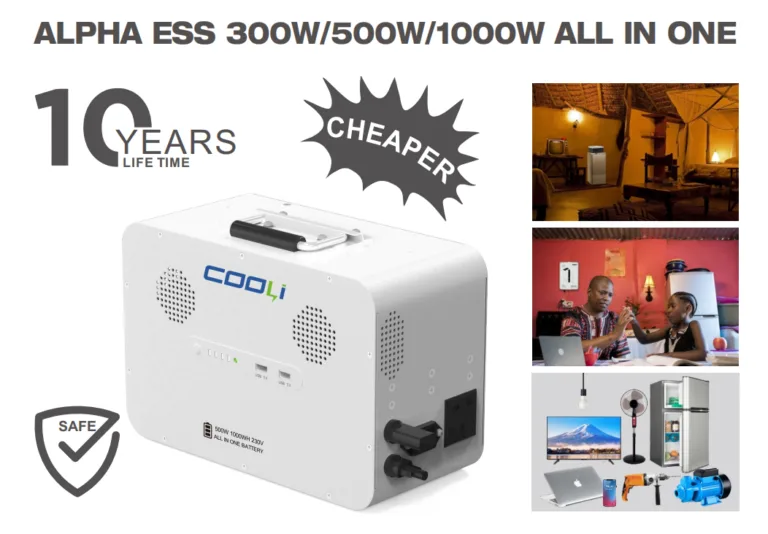Shockingly Cheap:Kenya’s Cheapest Home Battery Revealed
Kenya’s Cheapest Home Battery Revealed: All-in-One Solar + Lifepo4/2nd-Life Batteries
For Kenyan households facing daily blackouts and soaring electricity bills, the dream of reliable, affordable power isn’t out of reach. With grid instability plaguing East Africa and solar adoption surging, LiFePO4 batteries and all-in-one solar storage systems are emerging as game-changers. Here’s how to navigate the market—from premium kits to rugged second-life batteries—without breaking the bank.
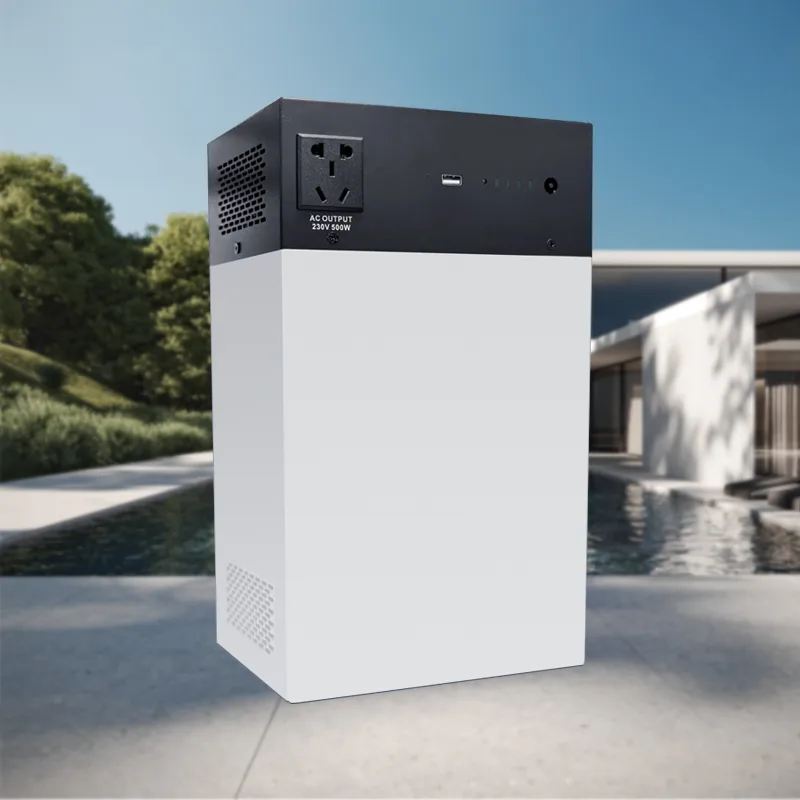
Why LiFePO4 Batteries Dominate Kenya’s Solar Market
- 10+ Year Lifespan: Unlike lead-acid batteries (1–3 years), LiFePO4 cells endure 6,000+ cycles—ideal for Kenya’s high-cycledaily use. Sacred Sun’s residential systems, showcased at Solar Africa Kenya 2025, exemplify this longevity.
- Safety First: Withstand high temperatures (up to 45°C) without exploding—critical for Kenya’s climate.
- 95% Usable Capacity: Lead-acid batteries waste 50% capacity; LiFePO4 (like Pylontech’s UP5000) delivers nearly full storage.
Top 3 All-in-One Solar Kits in Kenya (2025)
1. SOUOP 2400W Power Station (₦— price approx. KES 380,000)
- Capacity: 2232Wh | Outputs: 14 ports (AC/DC/USB-C)
- Solar Charging: Supports 500W solar input
- Ideal for: Powering fridges, TVs, lights during outages
- Bonus: SOS flashlight for blackouts
2. Luminous 850VA Hybrid Kit (₦1,153,999 ≈ KES 335,000)
- Includes: Inverter + 150Ah battery + extension box
- Runs: 2 fans + TV + 6 lights for 4–6 hrs
- Best for: Budget homes; no extra charge controller needed
3. Coolithium Stackable System (Price TBA)
- Modular Design: Expand capacity as needs grow
- 6000+ cycles with active cooling for Mombasa’s heat
Second-Life Lithium Batteries: Kenya’s Dirty Secret to 50% Savings
A quiet revolution is brewing: repurposed EV batteries now power Kenyan schools and clinics. Projects like Differ Community Power (DCP) use tested second-life cells to:
- Slash costs by 30–50% vs. new batteries
- Pass strict IEC safety/performance tests
- Train local technicians for maintenance—creating jobs
⚠️ Caution: Only buy from certified recyclers (e.g., DCP partners) to avoid degraded cells.
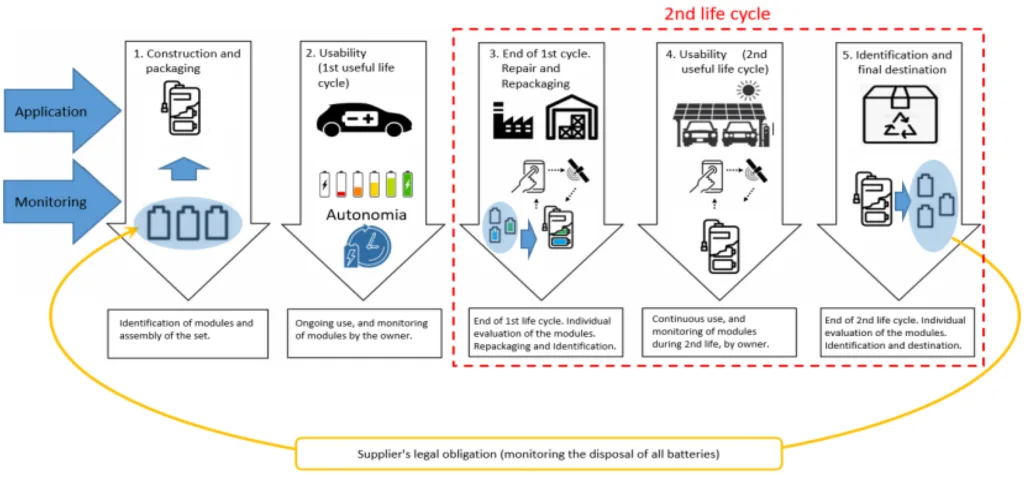
Price Comparison: New vs. Second-Life Batteries in Kenya
| Product | Capacity | Price (KES) | Lifespan |
|---|---|---|---|
| Pylontech UP5000 | 4.8kWh | ~720,000 | 8,000 cycles |
| Second-Life Kit | 5kWh | ~250,000–400,000 | 3–5 years |
| EVE LiFePO4 Cell | 3.2V/20Ah | ~2,500 per cell | 3,000+ cycles |
Maintaining Your Battery: Kenya’s Heat Edition
- Avoid Deep Discharges: Keep charge >20% to prevent damage.
- Cool Storage: Batteries last longest at 25°C—never install near roofs or sun-exposed walls.
- Monthly Check: Clean terminals with dry cloth to combat dust.
The Future: Kenya’s Energy Independence
Companies like KSTAR and Sacred Sun are tailoring high-temperature/off-grid kits for East Africa. With second-life batteries scaling, even rural homes can access backup power for under KES 150,000.
Pro Tip: Pair batteries with 1100V-max solar inverters (e.g., KSTAR BluE Series) to handle Kenya’s dust and voltage swings.
FAQs
Q: Can LiFePO4 batteries run a fridge during blackouts?
A: Yes! Coolithium’s 2400W system handles fridges for 8+ hours.
Q: Where to buy second-life batteries in Nairobi?
A: DCP partners (see IEC-GIF project) or certified recyclers like Batteries Beyond.
Q: Cheapest all-in-one kit under KES 200,000?
A: Luminous 850VA + battery bundle (₦1.15M ≈ KES 335K) is Kenya’s budget king.
Final Word: Kenya’s energy crisis demands solutions that outlast the grid. Whether you invest in Sacred Sun’s “stack-and-go” system or a second-hand battery pack, prioritize safety certifications and local service support. The power to silence blackouts is finally here—and it’s cheaper than you think.


